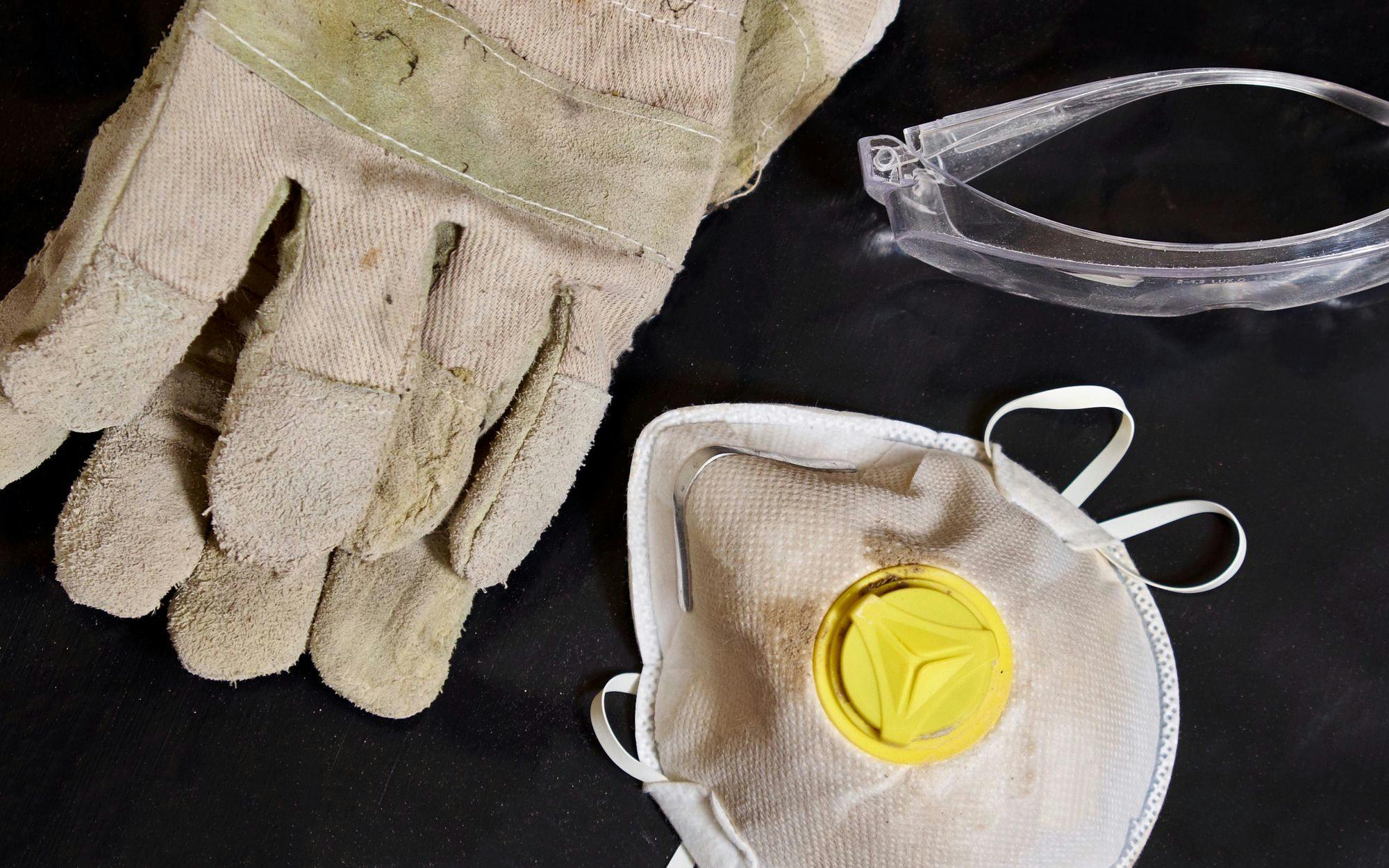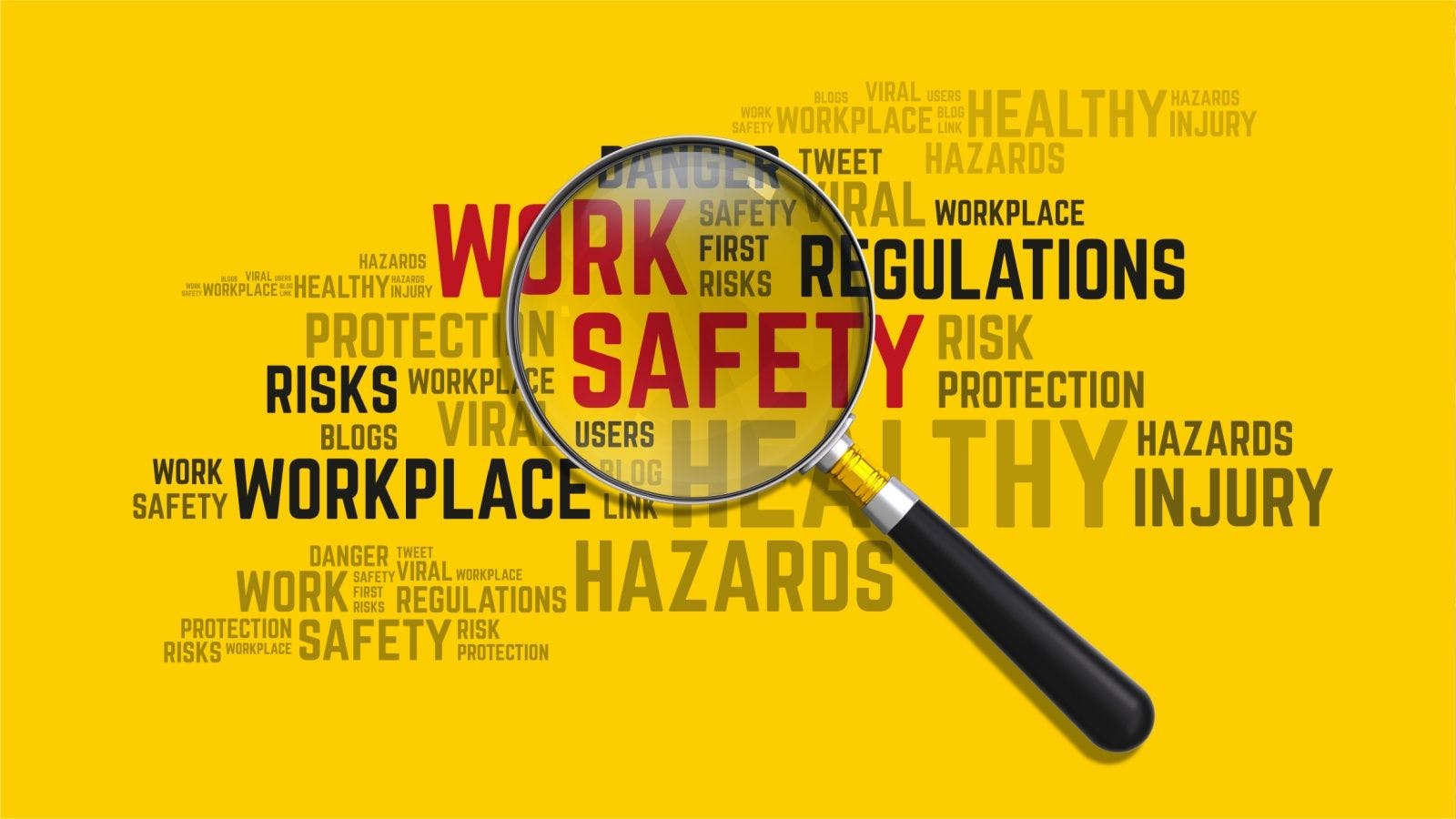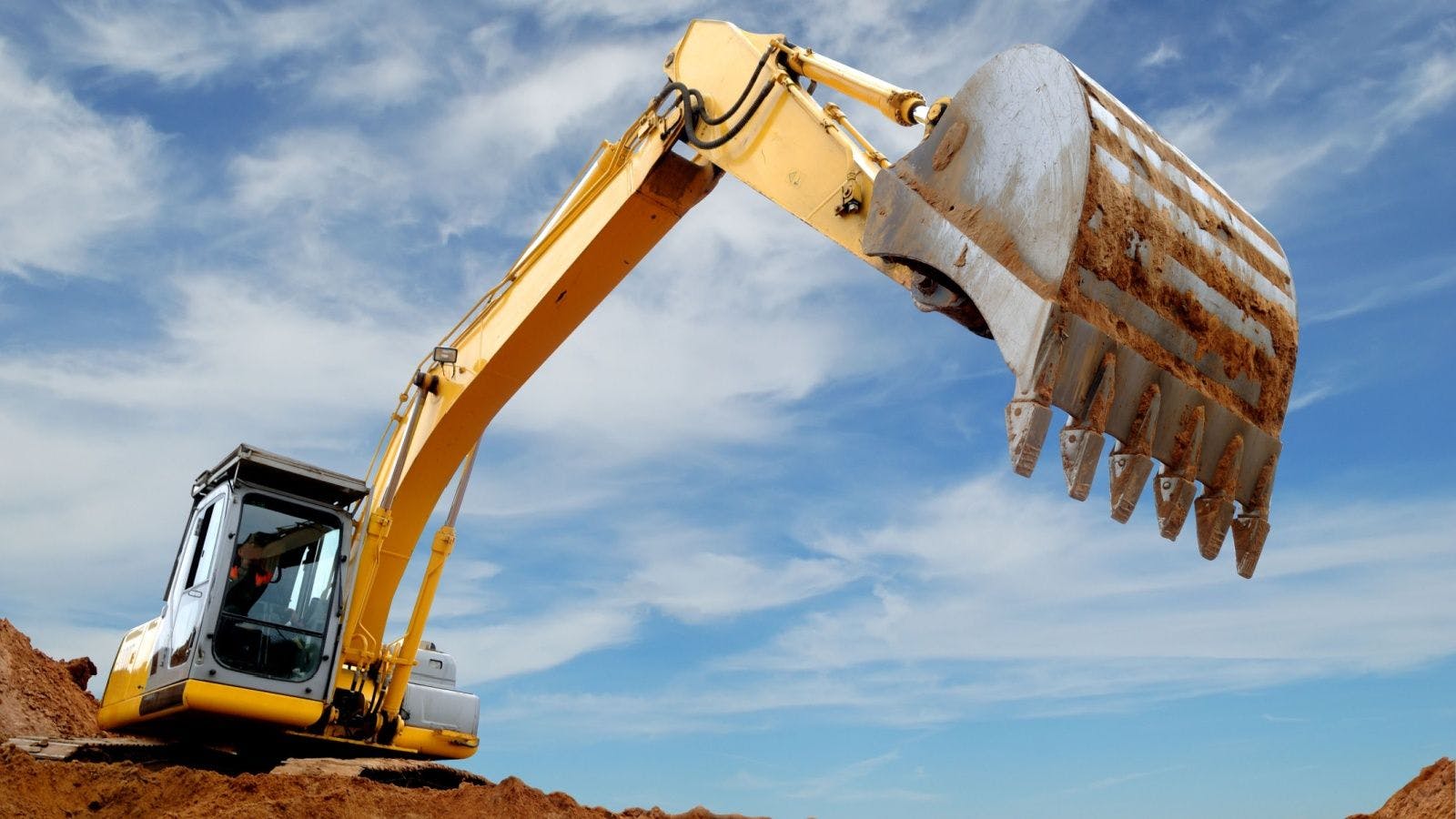
What Construction Executives Need to Know About OSHA’s Silica Safety Standard
The Occupational Safety and Health Administration’s (OSHA) new silica safety standard is in full effect, and construction companies no longer have time to put off the required changes. The initial deadline to meet compliance was in June 2017, however, there were several delays, and the changes were implemented in October 2017. Since the deadline passed, there have been several legal appeals to the rule, but the standard was recently upheld in a federal appeals court, making it final. The silica standard will impact more than two million construction workers in the U.S. and will change everyday processes and tasks on construction sites.
What is silica?
Crystalline silica is a mineral commonly found in sand, stone, concrete, brick and other construction materials. When cut, small dust particles are dispersed in the air and can be ingested by people in close proximity. These particles have been found to cause silicosis, a lung disease. To combat construction workers’ exposure, OSHA has implemented new standards for the industry.
What is the new standard?
The new permissible exposure limit (PEL) is 50 micrograms per cubic meter, averaged over an eight-hour time period. The new limit is a significant change from the previous limit of 250 micrograms. To meet the standard requirements, companies will have to make serious investments into new equipment and training for their staff.
To ensure companies are meeting this new lower PEL, OSHA also requires the following to be in full compliance:
- Determine the amount of silica that workers are exposed to if it is, or may reasonably be expected to be, at or above the action level of 25 μg/m3 (micrograms of silica per cubic meter of air), averaged over an eight-hour day.
- Protect workers from respirable crystalline silica exposures above the PEL of 50 μg/m3, averaged over an eight-hour day.
- Use dust controls and safer work methods to protect workers from silica exposures above the PEL.
- Provide respirators to workers when dust controls and safer work methods cannot limit exposures to the PEL.
- Establish and implement a written exposure control plan that identifies tasks that involve exposure and methods used to protect workers, including procedures to restrict access to work areas where high exposures may occur.
- Designate a competent person to implement the written exposure control plan.
- Restrict housekeeping practices that expose workers to silica, such as use of compressed air without a ventilation system to capture the dust and dry sweeping, where effective, safe alternatives are available.
- Offer medical exams—including chest X-rays and lung function tests—every three years for workers who are required by the standard to wear a respirator for 30 or more days per year.
- Train workers on the health effects of silica exposure, workplace tasks that can expose them to silica and ways to limit exposure.
- Keep records of workers’ silica exposure and medical exams.
Implementation Challenges
Since the changes were first announced in 2016, construction companies have faced some significant challenges in making these compliance updates. In order to limit exposure, new equipment with safety features, including vacuum systems and dust controls, needs to be purchased by companies. As construction professionals know, these tools are not an inexpensive investment, costing upwards of $1,000 for each tool. And with the demand for these tools skyrocketing simultaneously, supply has been limited, causing a delay in companies being able to make these purchases to meet the specifications. With these demand challenges, OSHA has been more lenient and pushed back the compliance deadline and enforcement, so organizations have time to get the required equipment.
Questions to Consider
Since implementing these changes is a significant investment, construction leaders need to determine if their company and employees meet the exposure limits with their projects. Not all construction companies will be impacted by these standards, and some will be borderline and need to make the decision that is right for their company.
If companies want to ensure they are in compliance, they can hire a professional to come to their jobsites and survey employees to determine the amount of silica they are ingesting and if their company will require updates to meet the new standards. However, this can be as expensive as making the investment of equipment and training itself.
One Company’s Approach
Ennis Electric takes a proactive and comprehensive approach to these regulations. The company focuses on commercial, institutional and industrial construction projects. And although many projects will not meet the exposure level maximums, Ennis decided to make the updates regardless to ensure employees’ health is not at risk and that it are always in compliance, even if the company does not regularly meet the maximum exposure limits. These updates include purchasing the required equipment, conducting training sessions for all employees and closely monitoring projects with high silica.
Although these changes are a significant investment, Ennis believes they will have long-term benefits. Employees’ health and safety is always a top priority, and the company takes compliance seriously. Making these investments now can prevent future challenges that could end up being costlier.
Every construction company is going to be impacted by these regulations, whether it is making the initial investment to meet compliance requirements or surveying workers to determine if there is a need to make the updates. Construction executives need to do what’s right for their company and employees. And with compliance requirements already in effect, decisions need to be made quickly.
Related stories








